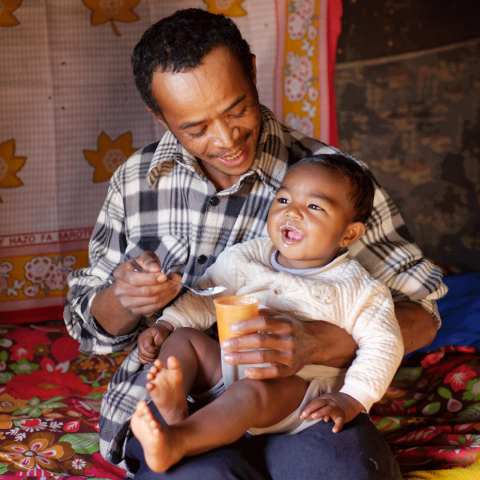Rapid declines in nutritional status occur before the age of two years, particularly during the period of complementary feeding. Improving complementary feeding practices is a neglected area in nutrition programs. This study aimed to understand community perspectives on complementary feeding practices in rural and urban areas of Bangladesh in order to inform the design of future interventions for improved complementary feeding. Results showed that of the five complementary feeding practices measured, the use of animal-source foods and feeding foods from at least three food groups daily were the least widely practiced. Complementary feeding advice from family members, peers, and health workers, the importance given to feeding young children, and time spent by caregivers in feeding influenced the timing, frequency, types of food given, and ways in which complementary feeding occurred. Lack of understanding of children’s nutritional needs and insufficient time for feeding children are key barriers to complementary feeding. Home and community contacts by trained health workers are important to provide hands-on support to mothers and other caregivers to ensure that children reach their potential for growth and development.
